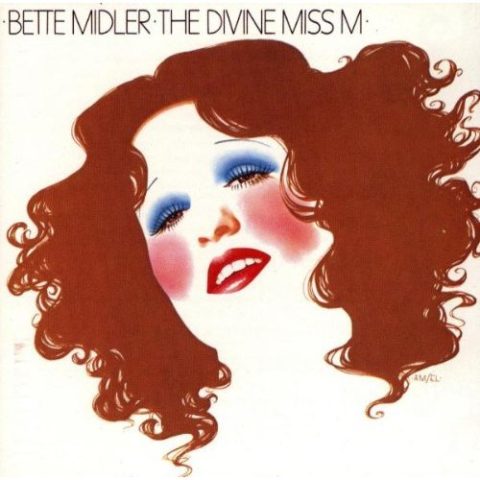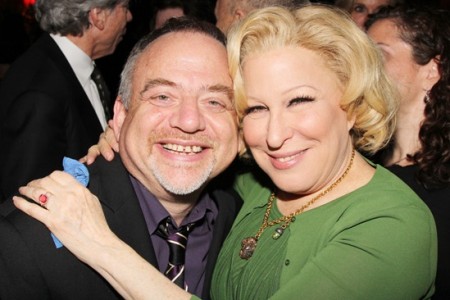Time
Music: Faces in the Crowd
Monday, June 24, 1974
Who’s playing at the local rock palace? One way to find out is to look at the marquee. Another, says California Promoter Steve Wolf, is to watch the crowd strolling–or floating, in the case of heavy grass consumers–through the door. “Audiences resemble the groups they come to see,” says Wolf. Those words are reckless understatement.
No one who has ever mixed with a San Francisco psychedelic-style concert crowd is likely to forget the experience. Going to see the Boz Scaggs, Grace Slick or Hot Tuna? Better take ear muffs and a flak jacket. Psychedelic rock crowds can be hostile collections of spacy Viet-vets still suffering from post-Viet Nam syndrome, pimply feminists in granny glasses and young high school dropouts. Bottles and firecrackers spin through the air. At a Grateful Dead concert, usually a four-or five-hour affair, the typical freak is a blend of drug hunger, male lonerism and musical knowledgeability. He will attend somnolently to the music (perhaps taking downers), then suddenly (probably after swilling a bottle of wine), sway ecstatically forward toward the performers. In contrast, the audience for Balladeer James Taylor, or the country-rock group Poco, whose music has crisp patterns and infectious surfaces, has a well-scrubbed look and an enraptured response to the music.
Of course, when hallowed groups like the Rolling Stones, the Who, or Bob Dylan make one of their infrequent appearances, categories crumble; everybody comes, just like the World Series. Still, it is possible to define five general types of audiences on the basis of dress, manner, consumption, age and musical taste. The categories:
HEAVY METAL. So named because of the massive banks of amplifiers, drums and loudspeakers employed by Grand Funk, Led Zeppelin, Black Sabbath and Blue Oyster Cult. The music is pure buzz –heavy, simplistic blues played at maximum volume and wallowed in mostly by young teen-agers just experimenting with marijuana, the lingua franca of rock, and perhaps hard drugs too.
This audience can be trouble for concert-hall managers. Says Cleveland Promoter Jules Belkin, “They are up on the seats boogieing and running around the hall.” Dress ranges from scruffy jeans to $200 velveteen jackets. The girls may come in couples to ogle, say, a topless Mark Farner of Grand Funk. Then there are the brassy groupies with their stevedore vocabularies who haughtily flaunt their backstage passes. The boys come in gangs and do what gangs do –fling lighted matches, fight the bouncers, sometimes toss empty wine bottles. Vomiting from too much beer or wine is a status symbol. If these kids do not have tickets, they break in. A heavy security force, sometimes including local police, is de rigueur at most rock concerts.
THE LISTENERS. Performing groups that attract this crowd include the Moody Blues, Yes, Weather Report and The Eleventh House. The music is predominately classical or jazz rock. The listeners tend to be Heavy Metal graduates–youths ranging in age into the early 20s, who know and care about musicianship. Sedated by grass, Seconals and Quaaludes, they tend to applaud rather than scream their approval.
SQUEAKY CLEANS. A description used by Singer Bette Midler to characterize fans of the soft, often poetic songs of such bards as Cat Stevens, James Taylor, Joni Mitchell, Melanie. This is an orderly dating crowd in its late teens and early 20s who are interested in love songs. Girls generally outnumber the boys by 2 to 1. Melanie’s ethereal fans tend to invade the stage, only to sit quietly at her feet, perhaps lighting candles. Mitchell’s following emulates her. “Since Joni started wearing gowns,” says Wolf, “the girls have started wearing dresses and makeup.”
GLITTER TRIPPERS. Glitter stars do not seem so much to have created their fandom as to have been created by it. The fastest-growing audience in rock dotes on the finery of such brocade, sequin, mascara-and rouge-wearing performers as Todd Rundgren, Suzi Quatro, Alice Cooper and the New York Dolls. Occasionally a glitter singer like England’s bisexual David Bowie is actually good. Mostly, though, admits the Dolls’ David Johansen, “the whole glitter trip is just jive.” A concert can also be simply an excuse for youngsters to come out for a reasonably harmless masquerade party. The kids go on parade to show off their white tuxedos and top hats, feather boas, and of course glitter, lavishly applied to face and body.
THE EVENING-OUTERS. These are the young marrieds, who, says one New York promoter, “are dressed to the nines, and smoke where they’re supposed to.” As mellowed graduates of the 1960s rock revolution, they will naturally show up to hear the Stones or Dylan, but mostly they turn out for the Carpenters, or The Fifth Dimension. Promoters like the Evening-Outers because they spend money generously at the concession bars.
Begun by the Beatles a decade ago, the rock revolution succeeded beyond everyone’s wildest dreams. Rock defined an emerging segment of America, financed a counterculture, and spawned a $2 billion industry. Its principal gift to those who were young in the 1960s was to provide a common means of expression–a common music, a common language, even a kind of cathartic theater in which a Janis Joplin assumed almost mythic dimensions as a tragic heroine and Dylan strolled the stage like an Orpheus. It is no secret that rock’s classic era is gone forever, along with the social bonds that nurtured it. The current fragmentation of the rock audience certifies that. In fairness, it must be added that it also signifies a diversity of personal taste and musical style unknown previously in American pop music. If rock can be described as being in a somewhat self-expressive romantic era, can its neoclassic period–or a pop Stravinsky–be far behind?
Related articles













